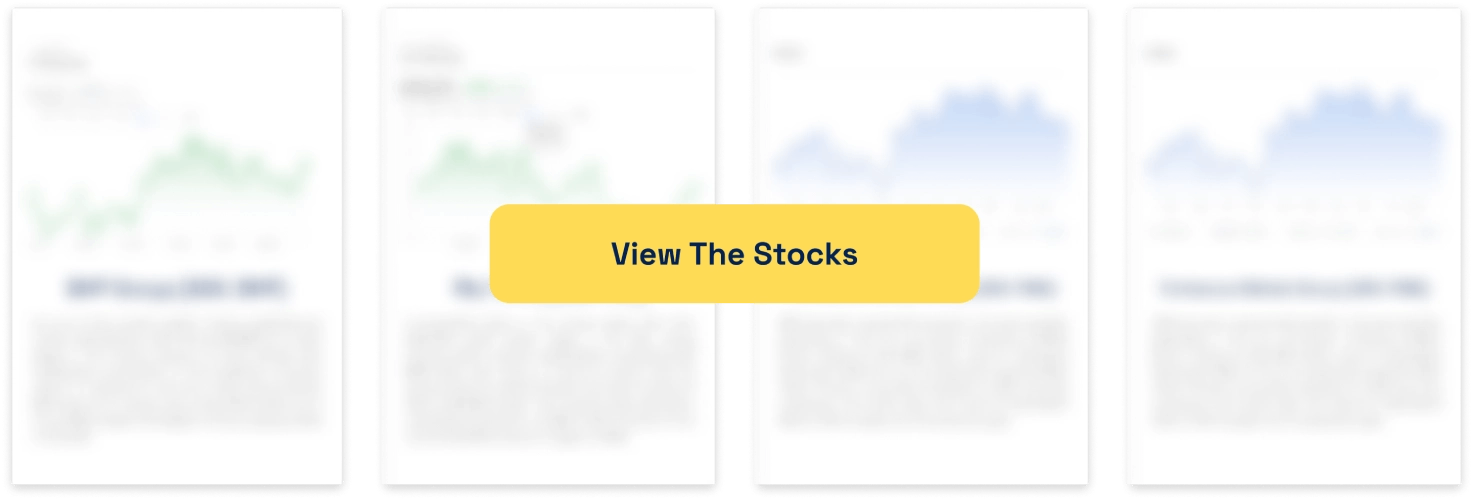Gold Price Forecast – Is It the Right Time to Invest 2025?

Gold has always been more than just a shiny metal or a luxury good; it is a symbol of wealth, a store of value, and, more importantly, a financial haven during times of uncertainty. As we step into 2025, the financial landscape is shifting under the weight of new challenges: adjusting interest rates, persistent inflation, geopolitical tensions, and volatile currency markets.
Naturally, many investors are asking the same big question: Is now the right time to invest in gold?
In this article, we will break down the key drivers behind gold prices, review the latest forecasts, explore the opportunities and risks, and help you decide how (and if) you should allocate gold into your investment strategy for 2025.
What Drives Gold Prices?
Before we jump into predictions and forecasts, let us first understand what typically moves gold prices. These forces have remained consistent over time and are critical to understanding any gold price outlook:
- Interest Rates: Gold tends to have an inverse relationship with interest rates. When interest rates rise, yield-bearing assets like bonds become more attractive, making non-yielding gold less appealing. Conversely, when rates fall or stay low, gold often shines brighter as a store of value.
- Inflation: Gold is considered a classic hedge against inflation. When inflation erodes the purchasing power of currencies, investors often turn to gold to protect their wealth.
- Geopolitical Instability: Wars, political uncertainty, trade tensions, and major global events can push investors into “safe haven” assets like gold. During uncertain times, gold often performs well.
- Currency Movements: The US dollar has a strong inverse relationship with gold. When the USD weakens, gold typically rises because it becomes cheaper in other currencies. For Australian investors, movements in the AUD/USD exchange rate also matter.
- Central Bank Buying: Central banks around the world hold massive gold reserves. When they increase their gold purchases, as they have in recent years, it boosts demand and supports prices.
Gold Price Performance: A Look Back Before Looking Forward
According to the World Gold Council, gold ended 2024 trading near AUD 4,218 per ounce, reflecting more than a 38 per cent surge over the previous year. Several key factors fuelled this rally: record gold purchases by central banks, a weakening US dollar, and persistent global inflation, particularly in energy and food prices.
For Australian investors, the story was even more compelling. The Australian dollar’s weakness against the US dollar amplified local gold prices, making gold an especially attractive asset for domestic portfolios. But looking back is only half the story. What about 2025?
Forecast for 2025: Can Gold Hit AUD 5,000?
So, what are the experts saying about gold’s prospects this year?
ANZ Bank forecasts that gold could average over USD 3,600 per ounce in 2025, especially if the US Federal Reserve maintains lower interest rates amid economic softness.
JP Morgan suggests that gold could test USD 3,000 per ounce under a mild recession scenario in the US. If the Australian dollar remains subdued, this could translate to local gold prices between AUD 4,600 and AUD 5,500.
UBS is predicting gold could hit USD 3,500 by mid-2025, describing it as part of a “structural bull case” driven by long-term diversification trends and sustained inflation.
While these projections may seem optimistic, they are not unrealistic, particularly given gold’s historical performance during uncertain economic times.
Key Trends Supporting Gold in 2025
Central Bank Buying Remains Robust
In 2022, central banks purchased more gold than at any time in the past five decades, with over 1,000 tonnes bought annually since then—a trend that is likely to continue. According to the World Gold Council’s Q1 2025 report, central banks are expected to remain net buyers of gold as they seek to diversify reserves and shield themselves from currency volatility.
Weakening Australian Dollar
The Reserve Bank of Australia (RBA) cut rates to 3.85 per cent in May 2025 and is expected to maintain a dovish stance through much of the year, keeping downward pressure on the Australian dollar. A softer local currency usually supports higher gold prices for domestic investors, adding another layer of appeal.
Inflation Isn’t Going Away
Despite aggressive rate hikes by central banks over the past two years, core inflation, particularly in areas like housing and energy, remains stubbornly high. As a traditional hedge, gold is increasingly seen by investors as an insurance policy against ongoing inflationary risks.
Rising Geopolitical Tensions
From the US presidential election to ongoing conflict in Ukraine and rising tensions in the Asia-Pacific region, 2025 is shaping up to be another volatile year geopolitically. Historically, such uncertainty tends to boost safe-haven demand for gold.
Risks: What Could Push Gold Lower?
Of course, gold’s performance is not guaranteed. Investors should keep an eye on several potential headwinds:
- Aggressive Fed Rate Hikes: If the Federal Reserve resumes tightening policy to combat inflation, it could strengthen the US dollar and pressure gold prices.
- Surprising Economic Recovery: A stronger-than-expected global rebound might shift investor sentiment toward riskier assets like equities, dampening safe-haven demand.
- ETF Outflows: Large-scale selling by institutional or retail investors in gold ETFs (like SPDR Gold Shares) can signal bearish sentiment and weigh on gold prices.
In short, while the macro backdrop seems supportive, there are no certainties in the gold market.
How Should Australian Investors Approach Gold in 2025?
There are multiple ways for Australians to gain exposure to gold:
- Physical Gold: The most traditional form, including gold bullion and coins. It is tangible and secure, but does not generate income.
- Gold ETFs: Funds like the BetaShares Gold Bullion ETF (ASX: QAU) allow investors to track gold prices without the hassle of physical storage.
- Gold Mining Stocks: Companies like Northern Star Resources (ASX: NST), Evolution Mining (ASX: EVN), and Newmont Corporation (ASX: NEM) offer leveraged exposure to gold prices, with higher potential returns but also higher volatility.
A diversified approach, blending these three types of exposure based on your risk appetite, can help balance risk and reward.
Should You Invest Now or Wait?
We believe 2025 offers a strong case for including gold in a well-diversified portfolio. Whether you are looking to hedge against inflation, protect against currency depreciation, or navigate market volatility, gold has historically played a valuable role as a defensive asset.
That said, timing matters. Instead of making a large one-time investment, consider using a dollar-cost averaging strategy, gradually buying gold over time to smooth out short-term price swings and reduce timing risks.
Conclusion
In our view, yes, but cautiously. The macroeconomic backdrop in 2025 ticks many boxes that favour gold: persistent inflation, geopolitical tensions, a soft currency outlook, and supportive central bank policies. While gold might not deliver explosive growth, it continues to serve as a reliable store of value and a vital diversifier in uncertain times.
Investors should approach gold as part of a broader strategy, not as a get-rich-quick bet. With thoughtful planning and risk management, gold can play an essential role in preserving capital and navigating the complexities of today’s financial landscape.
What are the Best ASX Stocks to invest in right now?
Check our buy/sell tips

FAQs
- Is gold a good investment during inflation?
Yes. Historically, gold has been a reliable hedge against inflation, maintaining its value even as the purchasing power of fiat currencies declines.
- How do I invest in gold in Australia?
You can buy physical gold (bullion, coins), invest in gold ETFs like QAU on the ASX, or purchase shares in gold mining companies such as Northern Star Resources or Evolution Mining.
- Will interest rates affect gold in 2025?
Definitely. Lower interest rates typically support gold prices, while rising rates can reduce demand for non-yielding assets like gold.
- Can gold outperform shares in 2025?
It depends on market conditions. While equities may benefit from economic recovery, gold tends to outperform during periods of volatility or crisis. A balanced mix of both assets can help diversify risk.
- Is it too late to invest in gold now?
Not necessarily. Gold prices could continue rising in 2025, particularly if inflation remains high or geopolitical tensions escalate. A gradual entry strategy can help reduce the risks associated with market timing.
Blog Categories
Get Our Top 5 ASX Stocks for FY26
Recent Posts
Diversifying Portfolios with ASX Consumer Stocks: Opportunities and Risks
The ASX 200 has delivered significant volatility recently, and market participants observing the screens in 2025 understand the turbulence firsthand.…
Is Lendlease (ASX:LLC) out of the doldrums for good?
Lendlease (ASX:LLC) has for the past several years been the classic definition of a ‘value trap’. You think a good…
Here are the 2 most important stock market taxes that investors need to be aware on
As one of two certainties in life, investors need to be aware of stock market taxes. Investors may be liable…


